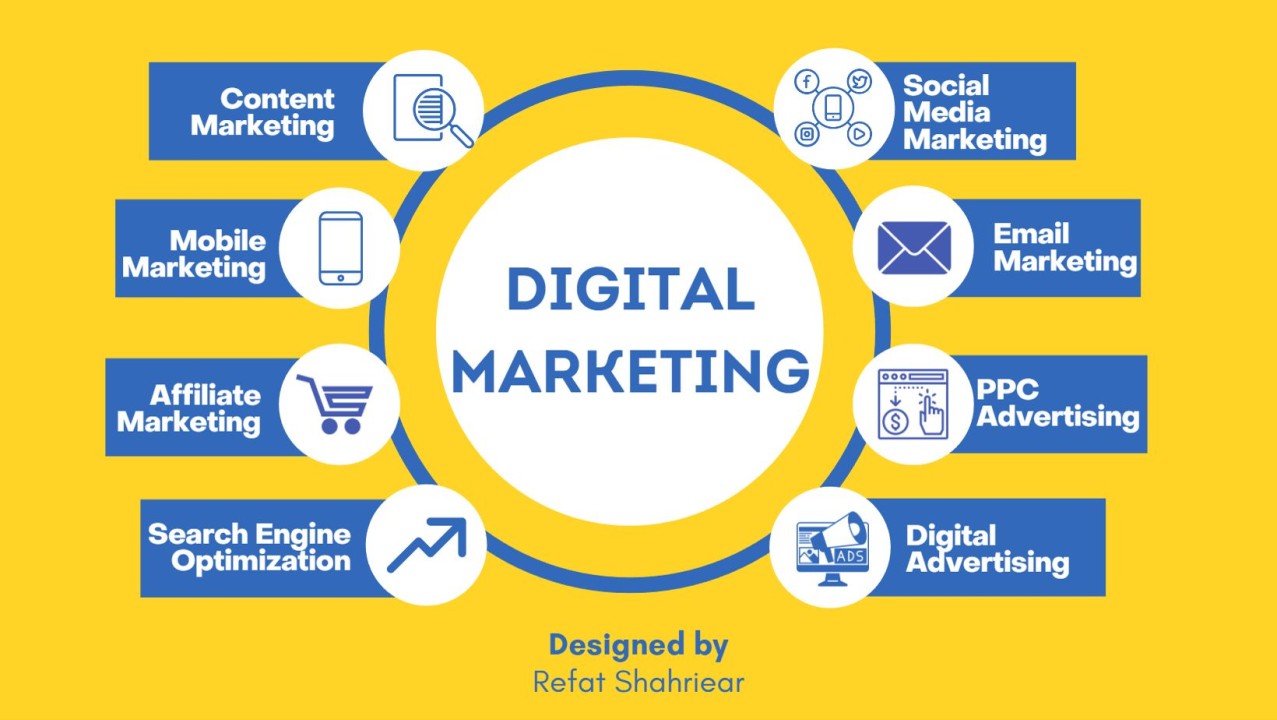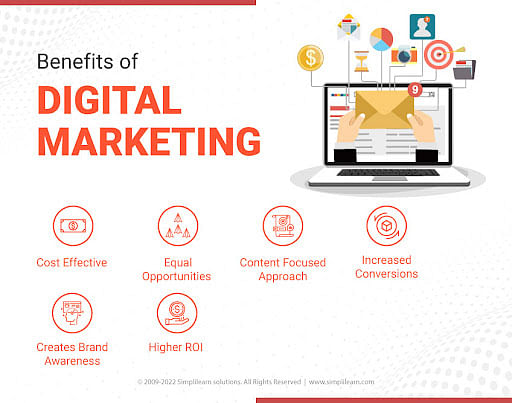Enhance User Experience and Drive Web Traffic With Receptive Internet Layout
In today's digital landscape, where customers are accessing web sites from a plethora of tools, receptive web layout has become extra important than ever. With its ability to adapt and effortlessly adjust to different display dimensions, receptive style not only improves user experience but additionally drives web traffic to your internet site.
Why Responsive Internet Style Matters
Receptive website design is a necessary aspect of modern internet growth as a result of its capability to make certain ideal individual experience across various tools and display dimensions. With the proliferation of smart devices, tablets, and various other smart phones, it has actually become essential for web sites to adjust and supply smooth performance no matter of the device being utilized.
The key reason receptive internet design matters is that it allows customers to have a pleasurable and constant surfing experience, despite the device they are utilizing. A receptive website immediately changes its design, content, and layout elements to fit the screen size and resolution of the tool, making sure that customers can quickly browse and engage with the site without any type of aggravation or aggravation.
In addition, responsive website design also plays a substantial duty in search engine optimization (SEARCH ENGINE OPTIMIZATION) Search engines, such as Google, prioritize web sites that are receptive and mobile-friendly in their search results. By integrating receptive style principles, sites can improve their visibility and position, causing raised natural traffic and potential clients.

Boosting Customer Engagement With Responsive Layout
Enhancing customer engagement is a vital objective of responsive style, as it guarantees that customers can easily accessibility and connect with internet site content on any type of tool. With the raising use of smart devices and tablet computers, it is crucial for sites to adapt to different screen sizes and resolutions. Responsive style makes it possible for websites to automatically adjust their design and material to supply a seamless customer experience throughout tools.
Among the major means receptive style enhances customer involvement is by lowering lots times. With a receptive internet site, users don't need to await different mobile variations to lots, causing much faster accessibility to web content. This better rate causes greater individual satisfaction and urges them to invest even more time on the site.
Additionally, receptive layout improves user engagement by boosting navigating and interface (digital marketing Carlsbad). When a web site is developed responsively, buttons and menus are maximized for touch communications, making it simpler for users to communicate and browse with the site on their smart phones. This user-friendly and easy to use experience keeps customers engaged and urges them to discover more of the web site
Moreover, responsive layout permits far better material presence and readability. By adapting the format and font style dimensions to different tools, responsive internet sites guarantee that customers can quickly understand the web content and read. This boosts user interaction by reducing the requirement for zooming or scrolling to review the text.
Boosting Website Web Traffic With Responsive Website Design
With the growing popularity of mobile gadgets, having an internet site that is receptive to various screen sizes and resolutions is vital for driving boosted web traffic. In today's electronic landscape, customers are accessing internet sites from a variety of tools such as smartphones, tablets, and desktop computers. Each of these devices has various display sizes and resolutions, and if your website is not developed to adapt to these variations, it can lead to an inadequate customer experience and a loss of potential traffic.
Responsive web layout ensures that your website looks and functions ideally throughout all tools. By utilizing versatile grids, fluid images, and media queries, receptive layout enables your site to automatically readjust its navigating, layout, and web content to fit any kind of display size. This means that customers will have a seamless browsing experience no matter whether they are utilizing a large desktop computer or a little mobile phone computer.
Crucial Element of Reliable Responsive Design
Efficient responsive layout incorporates several essential elements that make certain a seamless customer navigate to this website experience across various tools. One of these aspects is flexible grids and layouts. By utilizing relative systems like percentages as opposed to taken care of units like pixels, developers can create designs that scale and adapt to fit different display dimensions. This find out allows material to be presented in a understandable and aesthetically attractive manner on any type of tool.
An additional vital element is media queries. These enable developers to apply various designs and formats based on the characteristics of the individual's gadget, such as screen size and alignment. By making use of media queries, designers can optimize the presentation of material for every gadget, making certain that it is legible and easily accessible.
Responsive photos are additionally essential in effective responsive design. Pictures that are too huge can reduce page lots times on mobile phones, while photos that are as well tiny may appear pixelated on larger screens. By utilizing techniques such as responsive picture resizing and careless loading, designers can guarantee that images are appropriately sized and enhanced for each gadget.
Lastly, reliable responsive design entails a mobile-first approach. This means developing and prioritizing content for smart phones first, and after that increasing and enhancing the layout for bigger screens. This approach guarantees that the most crucial material is easily accessible on smaller sized screens, while still providing an abundant experience on larger tools.
Finest Practices for Implementing Receptive Website Design
Applying responsive internet style calls for cautious consideration of various ideal practices to make certain an ideal customer experience across various tools. Below are some key ideal practices to adhere to when executing receptive website design.
To start with, it click here to find out more is important to focus on mobile customers. With the raising dominance of mobile devices, making for mobile-first has ended up being crucial. Start by creating for smaller sized screens and after that progressively enhance the design for bigger displays.

An additional crucial ideal method is to optimize images for different display resolutions. Big photos can slow down the filling time of your site, especially on mobile phones with slower connections. Use receptive pictures that can be resized based upon the device's display resolution to improve efficiency.
Additionally, test your internet site on different tools and screen sizes to ensure a seamless and regular experience. There are various testing devices available that can assist you identify any type of concerns and make required changes.
Lastly, prioritize functionality and availability. Make sure that your web site is simple to navigate, with concise and clear content. See to it that your website is obtainable to people with impairments and complies with accessibility guidelines.
Final Thought
To conclude, responsive website design plays an important function in boosting customer experience and driving traffic to sites. By embracing receptive layout concepts, internet sites can ensure ideal watching experiences throughout various tools, bring about increased user engagement (The Ad Firm Carlsbad). Responsive design can additionally add to greater site traffic as it improves search engine positions and assists in simple sharing of content. Businesses should focus on implementing the vital elements and best techniques of responsive design to effectively fulfill the needs of modern-day customers.
Optimizing user interaction is a key goal of responsive layout, as it guarantees that customers can easily gain access to and interact with web site web content on any kind of gadget. Receptive design allows internet sites to automatically change their format and content to offer a smooth user experience across gadgets.
In addition, responsive design improves customer involvement by boosting navigation and individual interface.Responsive pictures are additionally crucial in reliable responsive layout. By adopting responsive layout concepts, websites can ensure optimal watching experiences throughout different devices, leading to enhanced individual interaction.